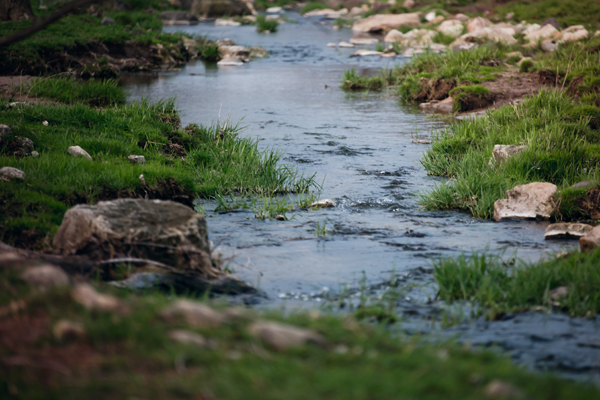In the modern manufacturing world, protecting our natural resources and environment are in the spotlight. During the Industrial Revolution there was a rapid depletion of fossil fuels and other resources. Various manufacturing processes had negative impacts on our environment, of which some are still apparent today. Contamination of water bodies and ground soils by chemical processes was common. Currently, there is a heightened awareness toward conserving our fossil fuels and water supply as well as protecting soil, water and air quality.
Early parts cleaning systems utilized harsh solvents to loosen soils and debris from dirty parts. Many of these were petroleum-based combustibles such as kerosene, gasoline, and lacquer thinners. These solvents are highly flammable, volatile, and dangerous to workers. In addition, proper disposal of solvents such as these can be very costly. Before understanding the impacts, factories often disposed of solvents into streams and onto the soil, damaging the local ecosystems. As a result, government regulations regarding solvent use and disposal were implemented to help protect our environment. Even though some of the early methods of cleaning were effective, health risks, chemical cost, and disposal costs have made them a less-attractive method for parts cleaning.
With the introduction of water based (Aqueous) detergents, many of the negative environmental impacts of solvents can be eliminated. Modern water-based chemistries are formulated for removing a wide variety of soils from a multitude of materials, such as steel, aluminum, brass, copper, glass, plastics and much more. Effective water-based cleaning is achieved through the correct combination of water/detergent, mechanical scrubbing (spray impingement), and heat. Impingement force of the water, working in conjunction with a water-based detergent, breaks the bond between the contamination and the substrate material. Water-based cleaning can be performed in either a batching process, or parts can be placed on a conveyor for inline cleaning. One of the major benefits to cleaning with water is the fact that the cleaning fluid can be recirculated for multiple wash cycles. Depending on the contamination being removed, water can be filtered for reuse. Oils and other floating contaminants can be removed with the use of oil skimming or coalescing equipment. Other types of contaminants can be removed from the cleaning fluid with a variety of filtering solutions
Through advances in water based cleaning chemistries and education in industry, cleaning with water has become widely accepted as a preferred method for cleaning manufactured parts. Cleaning with water and water-based parts cleaning fluids can be cost-effective and an environmentally friendly alternative to solvents.
